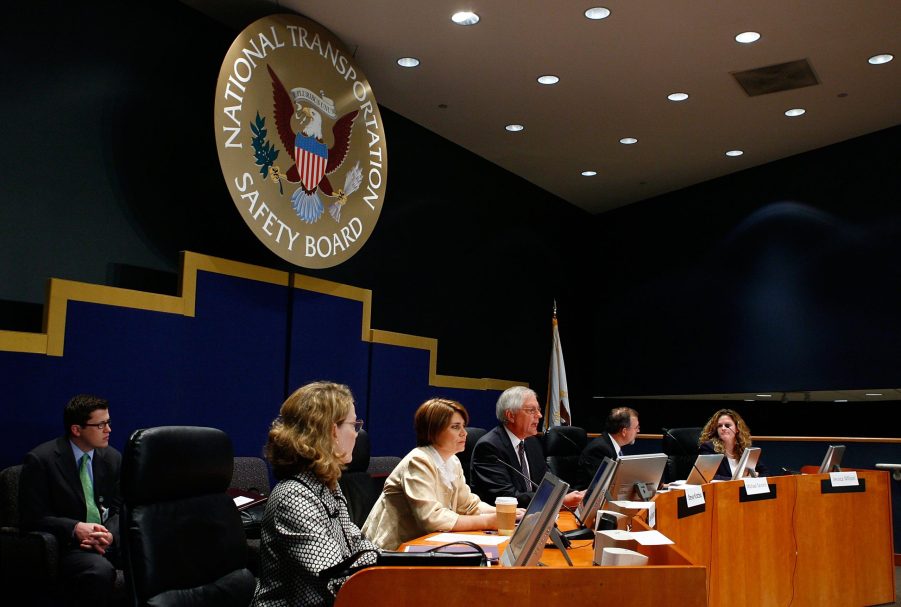
What Happens When You Report Car Problems to the NHTSA?
If you’ve ever had issues with your car, you know how frustrating it can be. Vehicles, although typically mass-produced for the consumer market, aren’t exempt from mistakes, as anyone who has gone through a recall process knows all too well. Whether it is a small, pesky part that breaks in every vehicle made at a certain time or a larger problem that can affect safety, you have the ability to lodge a complaint directly with the NHTSA, and, if they receive enough complaints about the same issue on the same vehicle, the NHTSA will complete an investigation, and potentially determine a recall is needed for your safety and the safety of other owners.
Step 1: you submit your complaint with the NHTSA

The first step is the most obvious, you start by submitting your complaint to the NHTSA, which can be done through their online portal. In order to submit the complaint, you must provide your VIN, located on the title, dashboard, registration paperwork, and several other locations around your vehicle, to provide the NHTSA with important information about your vehicle besides the year, make, and model. They also ask for your email address as well as any relevant documentation that is related to your complaints, such as photos, reports, or repair bills. This information is then added to a national database, with any personal or identifying information removed, and if enough complaints are lodged the NHTSA will move on to step 2.
Step 2: the NHTSA launches an investigation
Before using the time and resources required to launch a thorough investigation, the NHTSA begins by screening any relevant information about the complaint, and, if they deem fit, they will open a full-scale investigation. To start, the NHTSA will look at all of the complaints lodged that are relevant to a particular vehicle and issue, and decide if the complaints are worth defect investigations. If the NHTSA deems that the complaints aren’t worthy of further investigation, they will publish their findings publicly in the Federal Register.
If the NHTSA does, however, decide to continue forward with the defect investigation, they move forward with a more private investigative process to determine if the manufacturer is at fault, if there is no defect that affects safety, the NHTSA will close the investigation. If the investigation shows that there is a defect that affects safety, the manufacturer is notified of recommended recalls.
Step 3: safety recall is initiated by the manufacturer
From here, the NHTSA can suggest to the manufacturer that a recall is required for the safety of consumers, and a recall will be initiated. It is up to the manufacturer to determine how best to resolve the issue to ensure the safety of customers, whether it be a system update, replacement of the defective part, offering a refund to customers, or, in very, very rare cases, purchasing defective vehicles back from owners. The time it takes for a recall to be completed can vary greatly depending on many factors — as many owners plagued by the still ongoing Takata airbag recall have unfortunately learned. You can stay up to date on active recalls using the NHTSA smartphone app.
The NHTSA complaint process is extensive, but it is designed to protect both consumers and manufacturers, deciding on which issues are worth pursuing and holding the manufacturers responsible for any defects or issues that can affect consumer safety.


